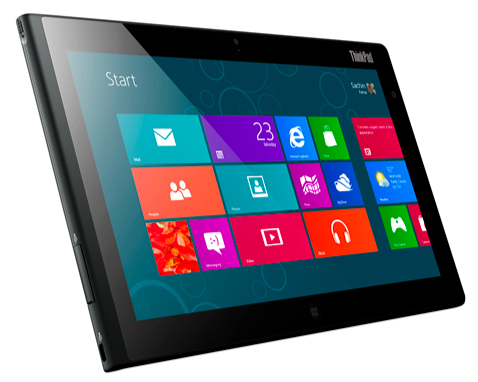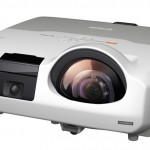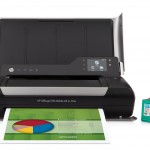
Businesses have typically been slow to adopt any new version of Windows, and the newly-minted Windows 8 is no exception.
To boost demand for Windows 8 tablets among corporations, Microsoft has put together a quick guide to help businesses decide on the kind of Windows 8 tablet to buy.
Windows 8 tablets come in a variety of flavours. Some can be docked onto a keyboard, while hybrid models can be rotated around their hinges. They are also powered by different processors: Atom and Core-based processors from Intel, and ARM-based processors from the likes of Nvidia and Texas Instruments.
However, only Atom and Core-based Windows 8 tablets can run older Windows applications. ARM-based tablets running Windows RT will only support Windows 8 apps from the Windows Store.
So, with that in mind, here are the considerations suggested by Microsoft when choosing a Windows 8 tablet for your business:
Mobility: If your employees are highly mobile and require devices with a good battery life, go for Windows 8 slates with Intel Atom processors or Windows RT tablets. These tablets are built to consume minimal power and should last a day or two on a single charge.
Workload. Crunching data, rendering images and other complex computing jobs require more powerful tablets powered by Intel Core processors, while basic tasks such as reading e-mail, web browsing and running web apps will be well taken care of by Atom-based and Windows RT tablets.
Apps. If you rely on older Windows applications, you need a Windows 8 tablet powered by an Intel Core or Atom processor. Unless you intend to build Windows RT apps from scratch to meet specific business needs, rule out Windows RT tablets for now.
Corporate access. Are employees connecting to the corporate network via a virtual private network (VPN)? If the answer is yes, they will need a Windows 8 tablet powered by Intel’s Core and Atom processors. Or, use the DirectAccess feature on tablets with Windows 8 Enterprise to allow access to corporate resources without going through a VPN.
Always On. If you depend on apps that continue to receive information even when the device is switched off, choose Windows 8 tablets with Intel Atom processors or Windows RT tablets that support the Connected Standby feature.
Manageability. If the IT folks want full control over employee devices, opt for Windows 8 tablets with Intel Core or Intel Atom processors. These tablets can be managed using Active Directory, Group Policy, and System Center Configuration Manager, allowing granular control of devices, including the ability to push out new versions of apps.
Also, in all versions of Windows 8, IT admins can mandate basic security settings for tablets that connect to corporate networks.






